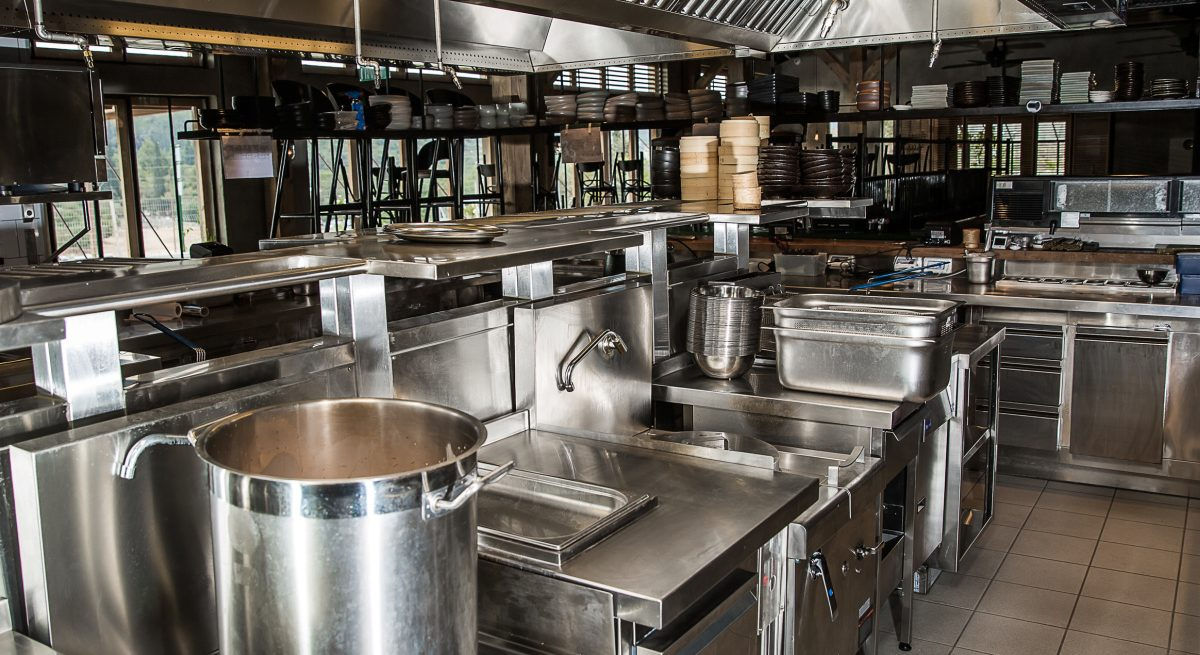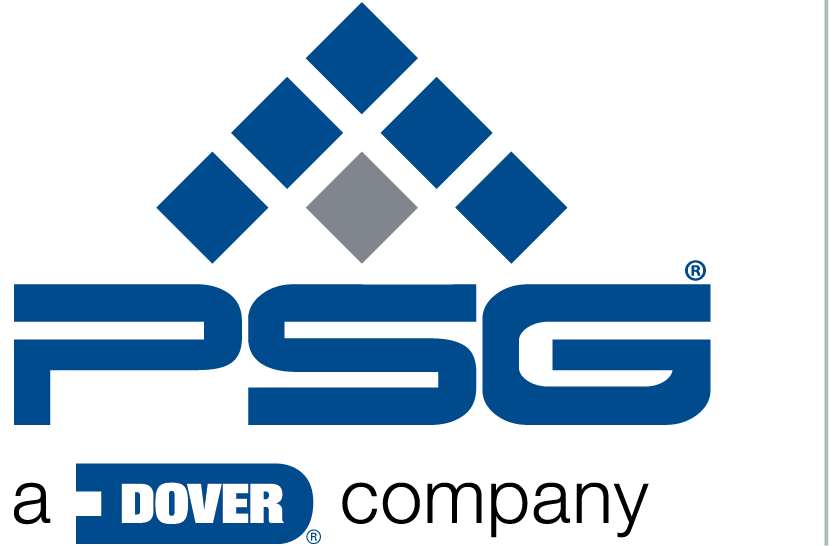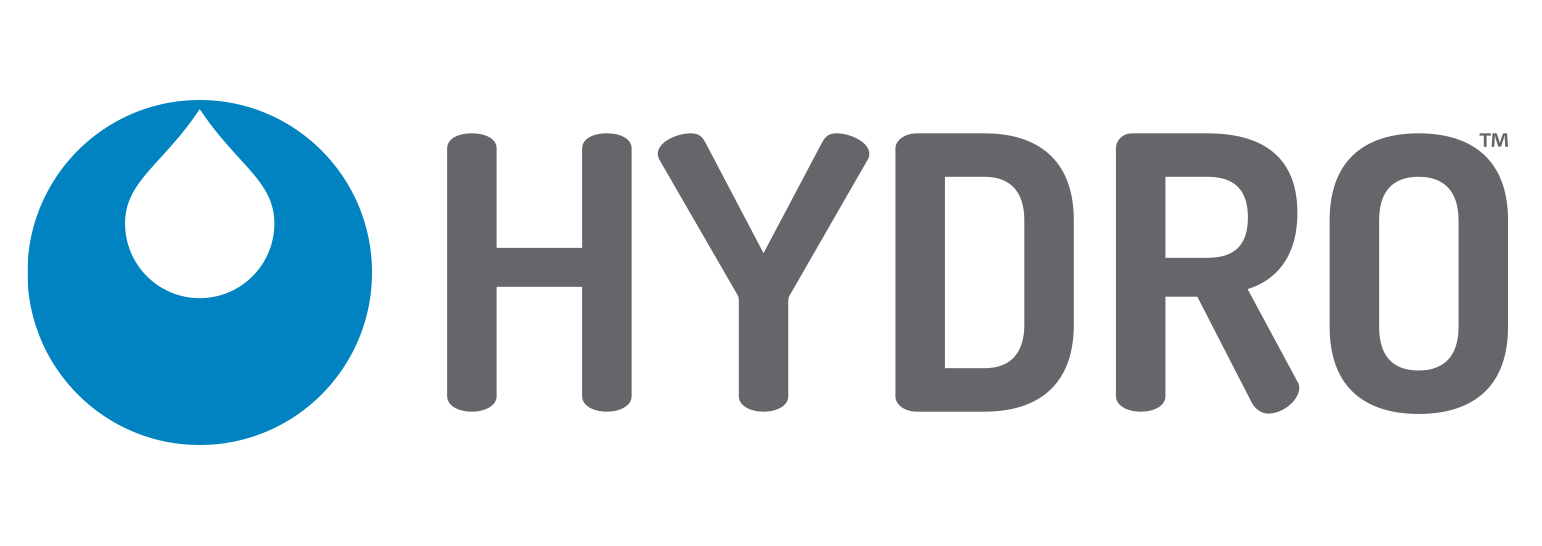MRM Exclusive Enhancing Operational Visibility in Ghost Kitchens

Since the COVID-19 pandemic, a new trend in the food service industry has risen in popularity—ghost kitchens. These restaurants, which exclusively deliver food, typically use online ordering and a cashless transaction system that allows for little physical interaction between the customer and facilitator.
In addition to restaurant operators opening or transitioning to the ghost kitchen strategy, grocers are also exploring this new concept. Euromonitor estimates that ghost kitchens could top $1 trillion in revenue by 2030. In an increasingly competitive market, operators can implement useful technologies to ensure success.
Ghost Kitchens Heat Up the Foodservice Industry
Consumers now expect the delivery of products and services with the tap of an app. Chain and mom-and-pop restaurants have been forced to transform their traditional operations to reach demand.
Thankfully, the virtual kitchen model allows restaurants to cut costs and make profits during a global pandemic and beyond. In a recent study, at least 52 percent of restaurants claim they are considering exploring the ghost kitchen’s delivery-only model to sustain demand and maintain their brand.
Some ghost kitchens are even set up to house several delivery-only concepts from different operators that share equipment like refrigerators, dishwashers and more. Others are run by a single restaurant with a wide range of foods and multiple mini brands. For example, one restaurant can now become a pizza joint, pasta restaurant or sandwich shop in the digital realm, all while operating out of the same ghost kitchen. The model allows for multiple concepts to be tested with consumers without the typical upfront cost of building out traditional brick-and-mortar establishments. According to Inspire Brands, a leading operator of multiple popular chains, ghost kitchens can reduce labor needs by 54 percent, equipment costs by 45 percent and energy consumption by 50 percent,, compared with five stand-alone restaurants.
At least 24 percent of restaurants began utilizing the third-party ghost kitchen method, and nearly half of these claimed they will use this method even beyond the pandemic. Meanwhile, 61 percent of operators are encouraged to move their production to off-site provisions.
As demand for convenience and safety, as well as the digital experience, continues to have a permanent impact on restaurants’ business models, consumers show their gratitude for convenient dining options. A recent Deloitte survey found that 79 percent of consumers say they are likely to order from ghost kitchens. But they also have the expectation that ordering from ghost kitchens should still come with the restaurant-quality experience they had pre-pandemic. In either case, 64 percent of consumers said they don’t plan to return to their pre-pandemic dining habits for the next several months.
The Right Technology to Support Your Operation
Whether in a ghost or traditional kitchen, new technologies are key to adapting to the latest trends. According to a 2021 survey of restaurant owners, 87 percent of respondents either somewhat or strongly agreed that implementing new technology has been critical for the survival of their business during the pandemic.
With the emergence of the Internet of Things (IoT), there has been a major shift in the economy regarding how we live and work. The IoT is comprised of the physical objects containing embedded technologies that sense or interact with an internal state or external environment. This means utilities in the restaurant become smart technologies that aid in profit-making, efficiency and scalability.
Some of the smart kitchen technologies that operators can implement include:
- Connected warewashing dispensers
Connected warewashing dispensers leverage the IoT to support cleanliness, food safety compliance, sustainability and the bottom line. These dispensers, which are designed for all types of commercial dishwashing machines, provide greater control over wash temperatures, chemical usage and water consumption. In addition to providing transparency regarding chemical consumption, they offer insight into productivity and costs and allow managers to make changes without being on site.
Maintenance alarms can also remind staff when it is time to delime the dish machine, change the tank water or change a squeeze tube. When selecting a smart dispenser, be sure to choose a pre-wired unit that is compatible with solid and liquid detergents, rinse aid and sanitizer. It should also offer a secure platform for reviewing current metrics and historical reports.
- Temperature monitoring
For restaurants, food safety is a major concern, as a single incident of freezer failure can cost an establishment upwards of $18,000. Additionally, loss of temperature control can lead to tainted food or dishes, causing illnesses, regulatory standard violations and reputational damage.
On average, the Food and Drug Administration’s (FDA) quality system regulation posits that employees of a restaurant spend more than 1.5 hours per day monitoring freezer, refrigerator, fryer, dish machine, hot buffet and storage area temperatures. If an hourly labor rate is standardized at $14.50 per hour, multiplied by 365 days a year, this means that $8,500 is spent on monitoring these areas each year.
With smart ovens, refrigerators and freezers, the IoT solves this problem by facilitating enhanced control of equipment, even when managers are not on site. IoT-enabled machines can alert managers to problems early on so they do not become a financial or safety risk. The IoT may even have a direct impact on your bottom line.
- Better food waste management
Restaurants use perishable food items including vegetables, dairy products, fruits, meats and more. The United States leaves anywhere between 125 and 160 billion pounds of food uneaten per year, which is around 40 percent of our food supply. Restaurants are responsible for 22 to 33 billion pounds per year and need to effectively utilize ingredients to minimize waste and lost profits.
With the assistance of easy-to-install IoT sensors, you can reduce the amount of food destruction in your inventory and make better use of what’s available, including keeping track of product expiration dates. By using the IoT, you can reduce food waste by approximately 1%-4%. Use of IoT in kitchens and groceries is expected to help reduce global food waste by 20 percent over the course of four years and at least 50 percent in the next ten years.
Additionally, out-of-product alarms enable restaurant managers to remotely control which items to order as needed. In this sense, less food is going to waste and the information provided gives better insight into how to manage inventory.
The Future of Foodservice?
While the pandemic may have initially been detrimental to the restaurant industry, it also brought about an era of change and innovation. There has and continues to be high demand for restaurant-quality food and cleanliness in the kitchen, regardless of consumers dining in the establishment or out of it. The industry has also seen major shifts in technology that have allowed it to stay afloat during this time, as the IoT has managed to improve upon antiquated management methods. Overall, convenience and safety remain the forefront of the industry as it continues to move forward in the wake of adversity and innovation.

Customer Service and Technical Support
Call 1-800-543-7184 Monday-Friday 8am - 5pm EST












